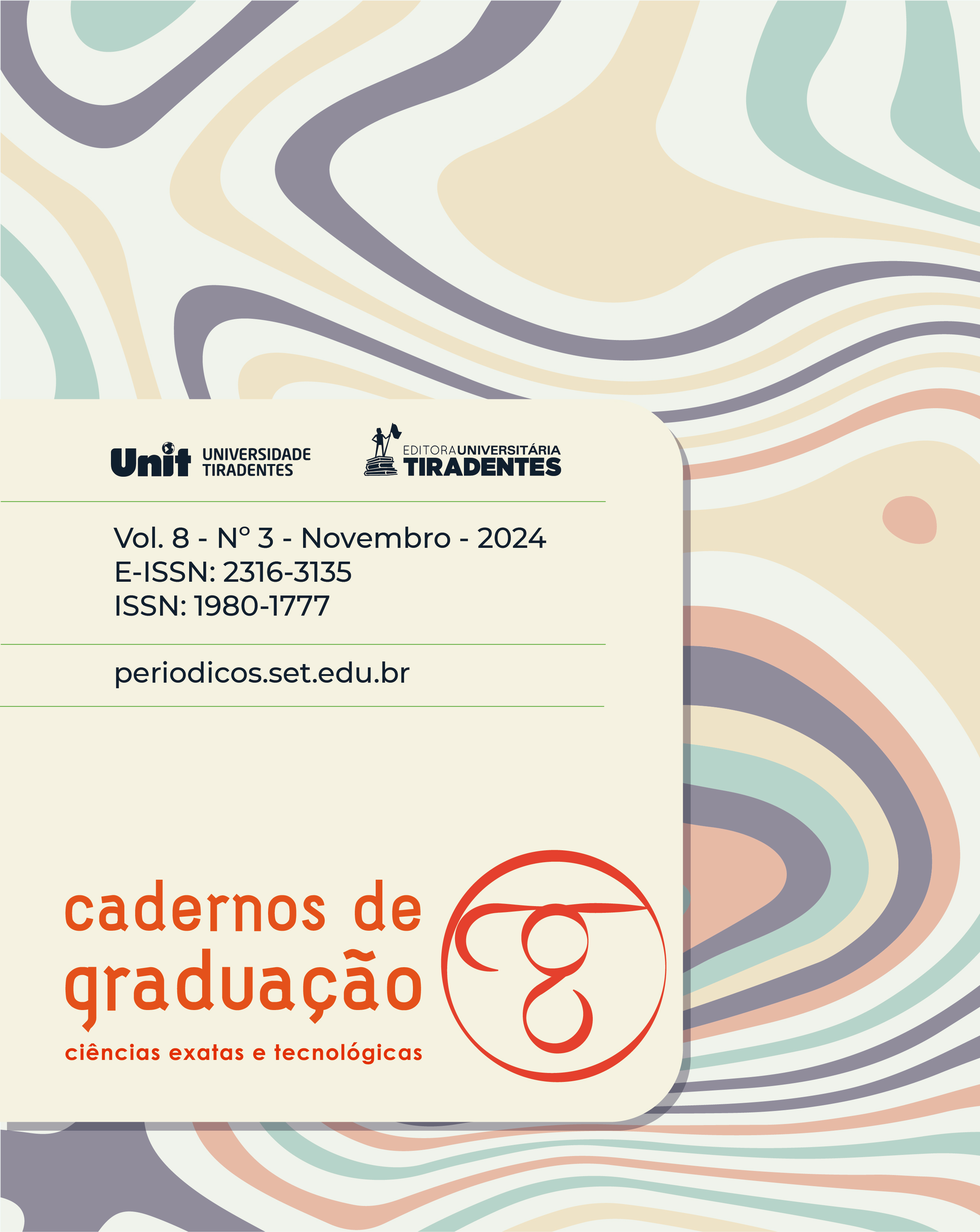AVALIAÇÃO DE PARÂMETROS GEOTÉCNICOS EM MISTURA DE SOLO E RESÍDUO DE CONSTRUÇÃO E DEMOLIÇÃO PARA UTILIZAÇÃO EM PAVIMENTAÇÃO
Abstract
Faced with the need to discuss the sustainability agenda, the importance of implementing guidelines to mitigate the environmental impacts resulting from construction waste, known as Construction and Demolition Waste (CDW), has emerged. The sustainable use of CDW has financial implications as it reduces the exploitation of new deposits essential for urban road construction, the extraction of which is limited by environmental legislation. The construction and maintenance of urban roads result in a substantial consumption of raw materials, such as soil extracted from natural deposits. Objectives: In light of the foregoing, this study has the overarching objective of analyzing the geotechnical characteristics and mechanical behavior of soil when supplemented with CDW. Methodology: To conduct the research, it was necessary to adhere to the following steps: collect soil following current standards; perform geotechnical characterization tests using natural soil and soil with CDW; conduct mechanical evaluation tests on specimens. Soil collection was executed according to NBR 9604, ABNT (2020), a standard specifying requirements for the opening of wells and trenches. The characterization of pure soil was determined using NBR 7181, ABNT (2016), aiming to establish the particle size analysis of the soil conducted through sieving. The Liquid Limit was obtained following the standards contained in NBR 6459, ABNT (2016), which determines the moisture content at which the soil transitions from a plastic to a liquid state. In the compaction test, the Optimal Moisture Content (Wot) and the maximum dry bulk density (Yd max) were determined in accordance with NBR 7182, ABNT (2016). In the verification of the California Bearing Ratio (CBR), the soil's resistance was determined compared to a standard crushed stone, as specified in NBR 9895, ABNT (2016). The simple compression test will determine the unconfined compressive strength under axial loading with deformation control, following NBR 7222, ABNT (2010). Results: According to the conducted geotechnical characterization tests, the studied soil was classified as sandy, with an optimal moisture content of 14% and a maximum dry bulk density of 15.48 KN/m³. Additionally, it was observed that expansion results varied independently of the quantity of added CDW; however, all mixtures remained within the recommended 2% maximum expansion limit standardized by the National Department of Transportation Infrastructure (DNIT). Consequently, in the mechanical resistance tests, it was observed that the addition of CDW positively influenced the soil's resistance. The optimal combination of soil and CDW was with 10% CDW, demonstrating satisfactory resistance in expansion, California Bearing Ratio, and unconfined axial compression tests. Conclusion: The soil demonstrated suitability for use in road pavement base and sub-base layers due to its low expansion characteristics and satisfactory resistance. Resistance increased proportionally with the quantity of added CDW, with the optimal ratio identified as 90% pure soil and 10% CDW. This composition showcased notable performance in expansion tests, California Bearing Ratio (CBR), and unconfined axial compression.
Downloads
Downloads
Published
How to Cite
Issue
Section
License
Oferece acesso livre e imediato ao seu conteúdo, seguindo o princípio de que disponibilizar gratuitamente o conhecimento científico contribui para a democratização do saber. Assume-se que, ao submeter os originais os autores cedem os direitos de publicação para a revista. O autor(a) reconhece esta como detentor(a) do direito autoral e ele autoriza seu livre uso pelos leitores, podendo ser, além de lido, baixado, copiado, distribuído e impresso, desde quando citada a fonte.

